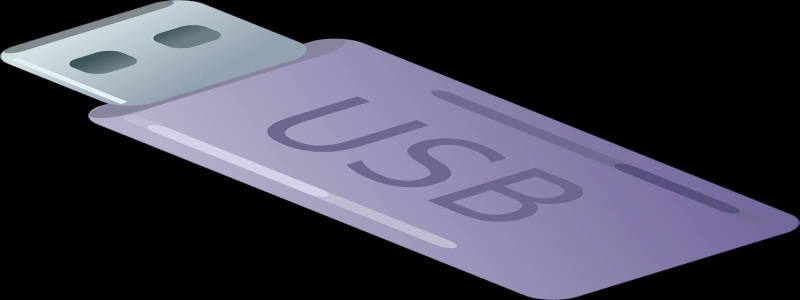Wavelength and Frequency: An Inverse Relationship
مقدمة:
In the world of physics, there are numerous relationships between various properties of waves. One such relationship is between wavelength and frequency. Wavelength refers to the distance between two consecutive points on a wave, while frequency represents the number of complete cycles that a wave completes in a given time period. It is widely known among scientists that wavelength and frequency are inversely proportional, meaning that as one value increases, the other decreases.
Explanation:
To understand why wavelength and frequency are inversely proportional, let us consider a simple analogy of a person running on a track. Imagine a runner who maintains a constant speed, representing the frequency of a wave. If this runner takes longer strides, a greater distance between each step, it would result in a slower rate of completing laps around the track. Similarly, when discussing waves, a longer wavelength implies fewer complete cycles or oscillations occurring per unit of time, which directly correlates to a lower frequency.
Furthermore, this inverse relationship can be mathematically represented using the equation v = fλ, where v represents the speed of the wave (which remains constant within a given medium), f signifies the frequency of the wave, and λ denotes the wavelength. This equation clearly shows that as wavelength increases, frequency decreases, and vice versa.
Applications:
Understanding the inverse relationship between wavelength and frequency has numerous practical applications. One such application is the field of telecommunications. In the transmission of data or information through various forms of electromagnetic waves, different frequencies are utilized for distinct purposes. For instance, shorter wavelengths with higher frequencies are employed for high-speed internet connections, while longer wavelengths with lower frequencies are used for radio and television transmissions. This understanding allows engineers to optimize the efficiency and performance of these technologies.
Another significant application can be seen in the study of light. Different colors of visible light have varying wavelengths and frequencies. This relationship allows scientists to quantify and categorize light based on its wavelength, resulting in the visible spectrum. The use of this concept extends beyond the visible spectrum as well, with applications in X-rays and radio waves, where different frequencies are used for specific purposes in medical diagnoses and communication systems.
خاتمة:
In summary, the relationship between wavelength and frequency is clear: they are inversely proportional. Understanding this relationship is crucial to many fields of science and technology, allowing for the efficient transmission of information and categorization of electromagnetic waves. Through further exploration and research on this topic, scientists and engineers continue to develop new applications and advancements that rely on this fundamental principle of physics.








